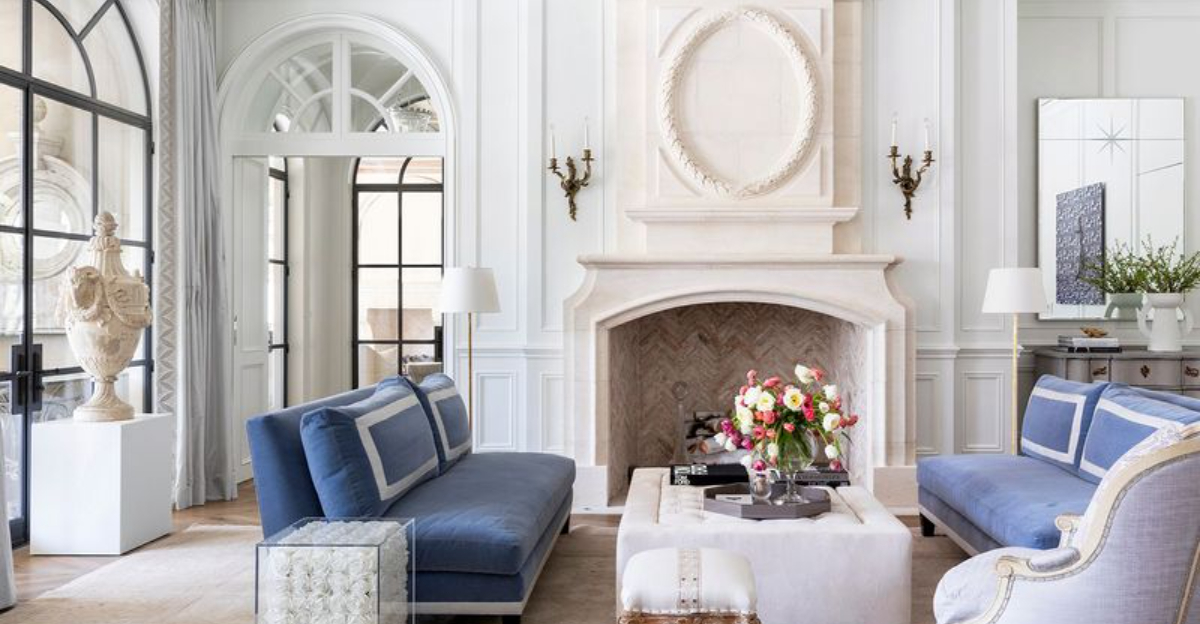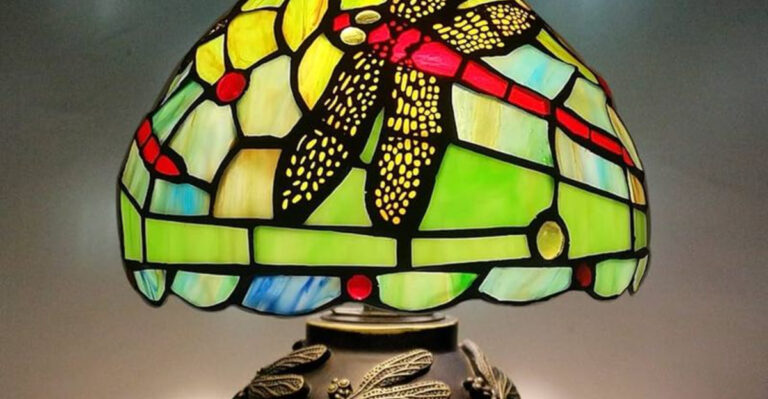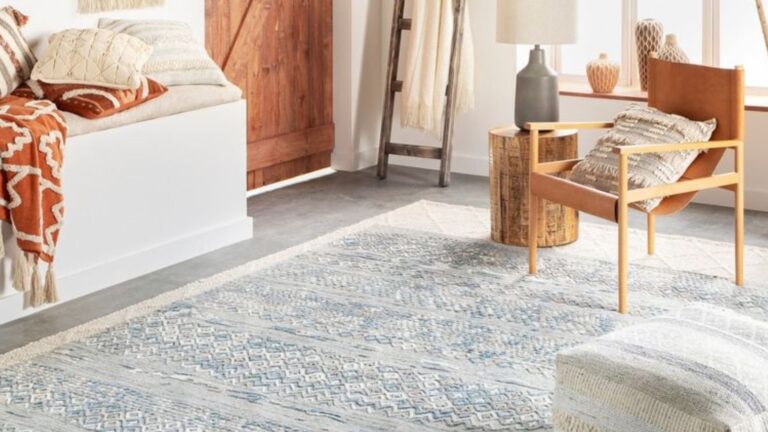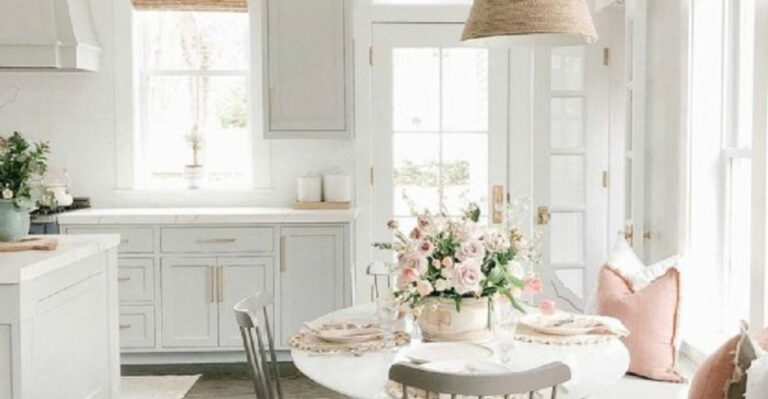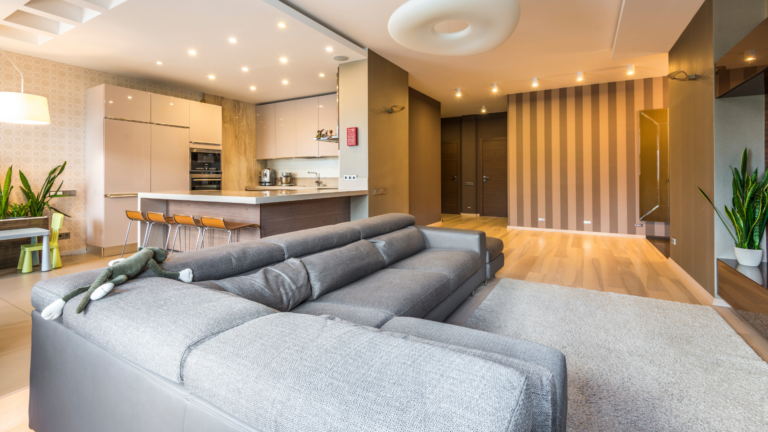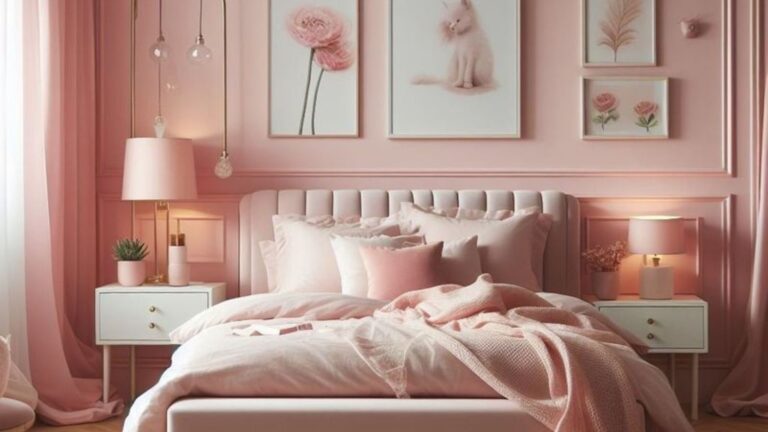16 Mistakes French Interiors Avoid To Stay Effortlessly Elegant
There’s something about French interiors that always stops me in my tracks. They’re effortlessly elegant without ever feeling forced. Over the years, I’ve realized it’s not just about what they add to a room, it’s what they don’t do that really makes the difference.
While the rest of us pile on trends or over-style every corner, the French have this subtle way of keeping things timeless and chic.
I’ve been paying close attention and spotted a few habits they purposely avoid. If you’ve ever wanted that elusive French charm, here’s what not to do, straight from their playbook.
1. Matching Everything Too Perfectly
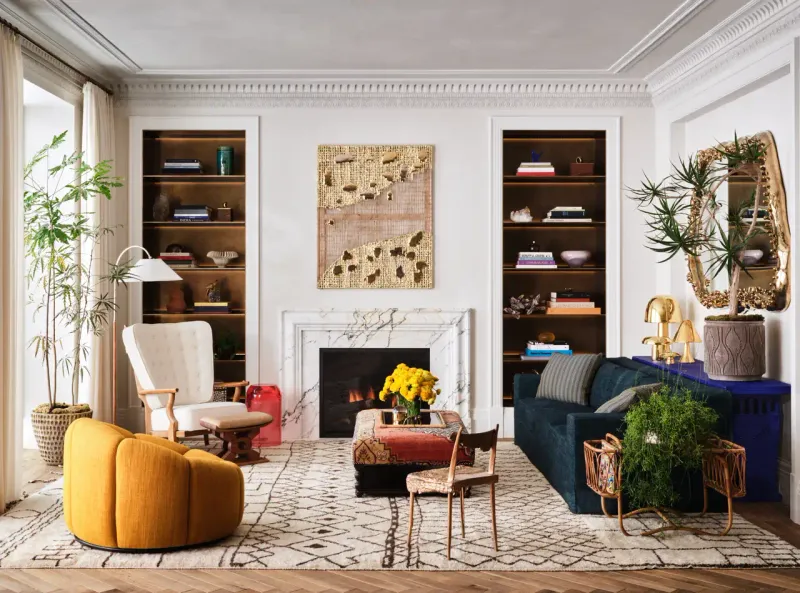
French homes laugh at the idea of buying entire furniture sets from one store. Instead, they mix pieces from different eras and styles to create spaces with character and history.
Your grandmother’s antique side table might sit happily next to a modern sofa. This collected-over-time approach feels authentic rather than staged.
Remember, the most beautiful French spaces tell a story through their furnishings!
2. Overcrowding With Furniture
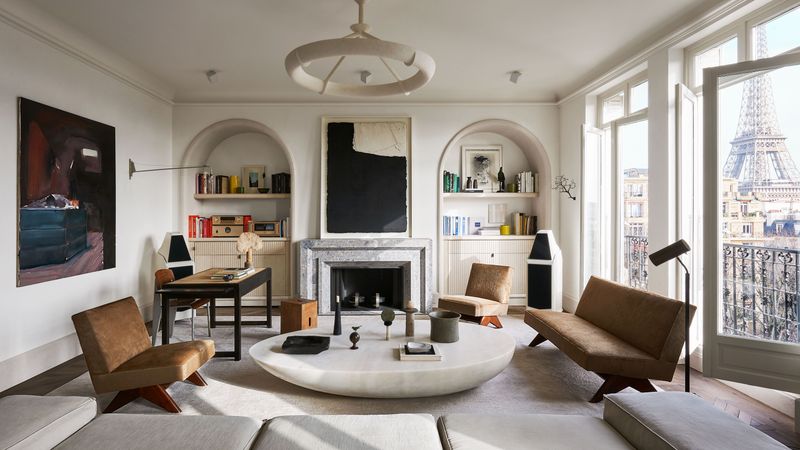
Space to breathe makes French interiors sing. Unlike cluttered rooms that suffocate with too many pieces, French homes prioritize negative space and circulation.
Each furniture piece earns its place through function and beauty. Nothing feels crammed or uncomfortable. When shopping, French decorators ask, “Do I love this enough to give it precious floor space?”
This thoughtful curation creates rooms that feel generous, regardless of actual size.
3. Following Passing Trends
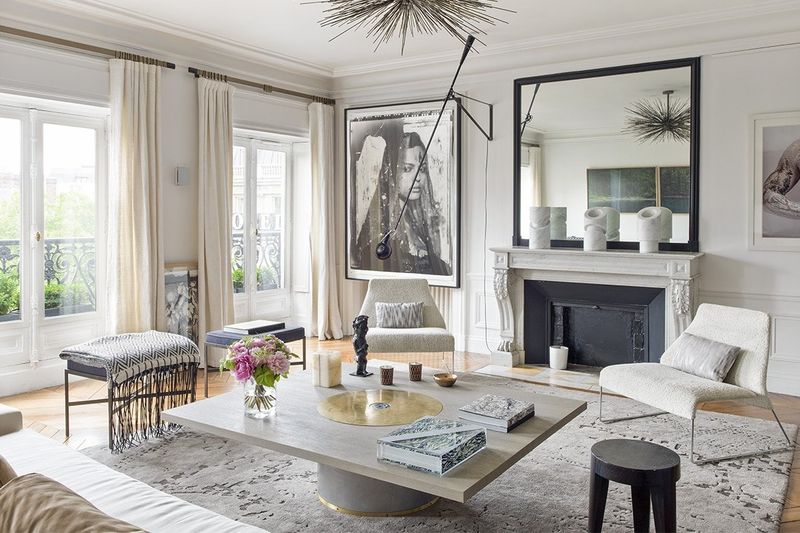
While Americans might jump on every home decor bandwagon, French decorators stay coolly detached from fleeting fads. They invest in quality pieces that transcend seasonal catalogs.
You won’t find rooms dominated by this year’s trendy color or pattern. French homes evolve slowly, acquiring pieces that speak to personal taste rather than what magazines dictate.
If something feels too “of the moment,” it probably won’t make the cut in a French interior.
4. Hiding Architectural Character

French decorators would never dream of covering up original moldings, herringbone floors, or marble fireplaces! These architectural features become the stars of the show.
Even in newer constructions, they add architectural elements to create that coveted character. Baseboards get heightened, crown moldings installed, and plain doors replaced with paneled ones.
Sometimes the background elements matter more than the furniture placed against them.
5. Over-Accessorizing Surfaces

French tables don’t groan under collections of knickknacks. Instead, you’ll find a few carefully chosen objects with meaning or beauty.
A single stunning vase of flowers might grace a table, or perhaps one sculpture and a stack of beloved books. This restraint lets each piece shine while creating visual calm.
French homes never feel like museums or gift shops—they maintain a lived-in quality where everything serves a purpose or brings joy.
6. Using Only New Furniture

If you walked into a French home filled exclusively with brand-new furniture, eyebrows would raise in confusion.
Where’s the patina? The history? The soul? French interiors balance old and new masterfully. That perfectly worn leather chair or antique dining table with generations of dinner parties in its wood brings depth no showroom piece can match.
They understand that some things improve with age—furniture included!
7. Choosing Oversized Furniture
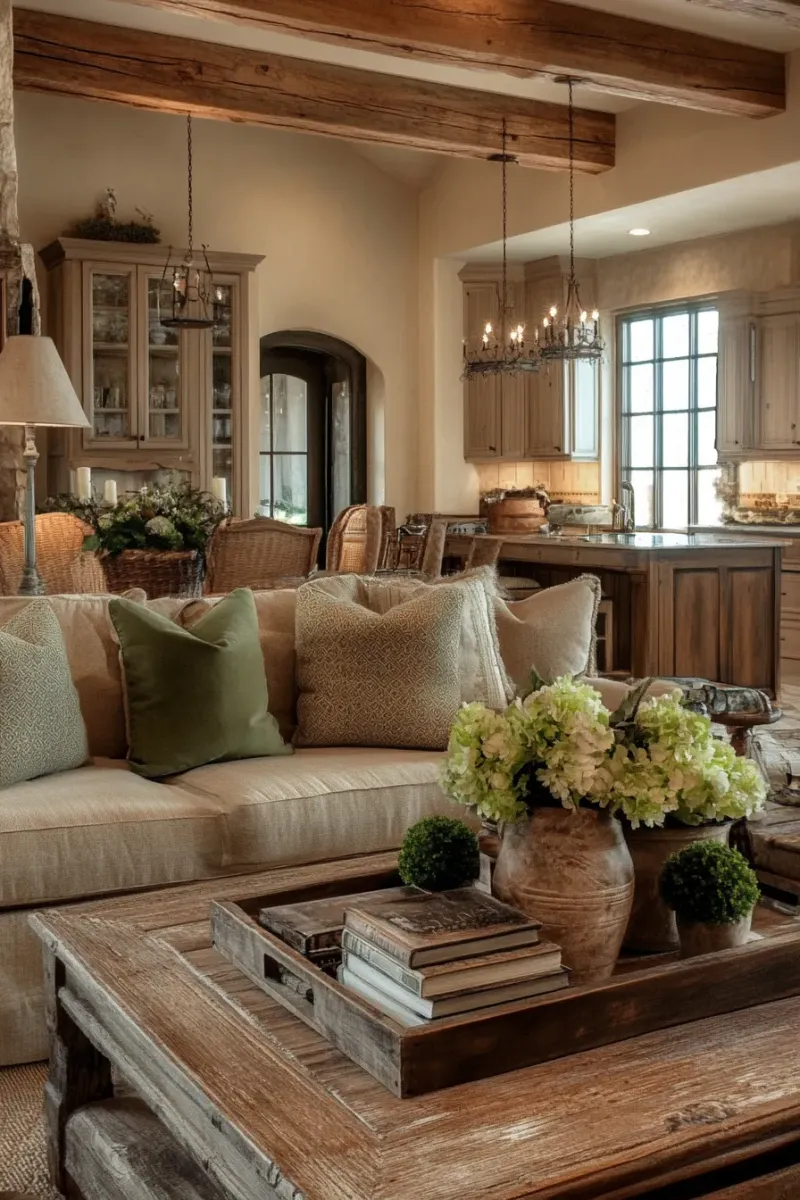
Those massive sectional sofas that dominate American living rooms? You won’t find them in French homes. French furniture maintains human scale and proportion.
Seating tends to be elegant yet comfortable, never bulky or overstuffed. Even in grand spaces, furniture remains appropriately sized.
This creates versatility—chairs can be pulled into conversation groupings or repurposed in different rooms as needed.
8. Ignoring The Power Of Mirrors
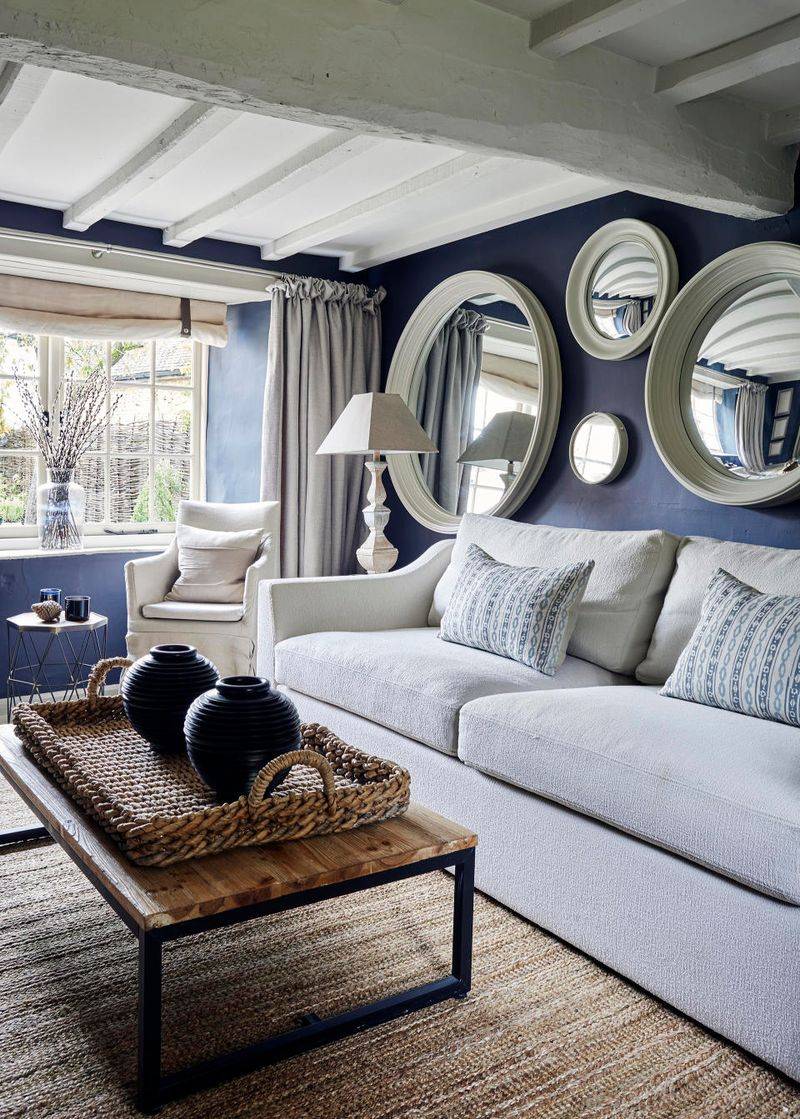
French decorators know mirrors do magical things to spaces. They amplify light, create the illusion of more space, and add a touch of glamour that’s hard to achieve any other way.
Vintage mirrors with aged patinas hang above mantels, ornate versions grace entryways, and even bathrooms get special treatment beyond basic functional pieces.
Mirrors in French homes aren’t afterthoughts—they’re strategic design elements that transform rooms in subtle but powerful ways.
9. Relying On Overhead Lighting
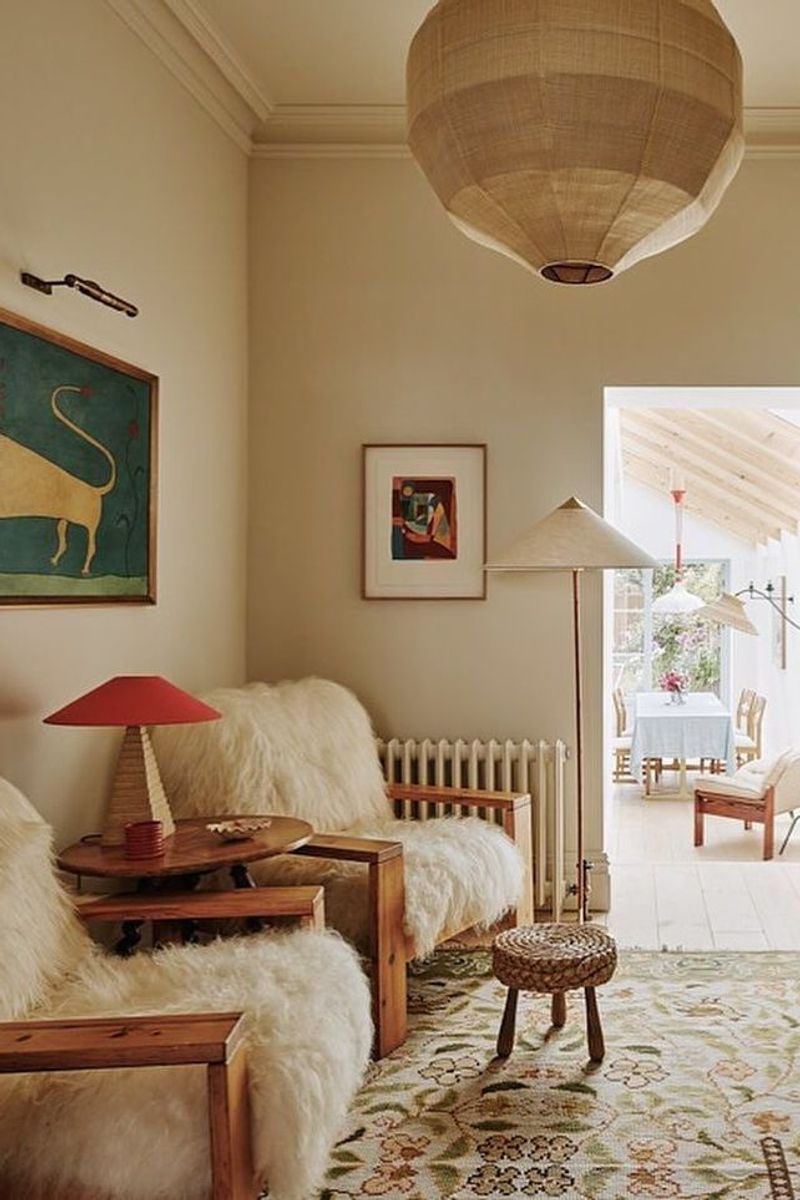
Harsh overhead lights make everyone look terrible and kill ambiance instantly. French homes understand this fundamental truth about lighting.
Instead of blasting rooms with ceiling fixtures, they layer lighting with table lamps, floor lamps, and sconces.
Evening gatherings glow with the warmth of multiple light sources at different heights. This creates intimacy and flatters both the room and its occupants.
10. Perfect Symmetry Everywhere
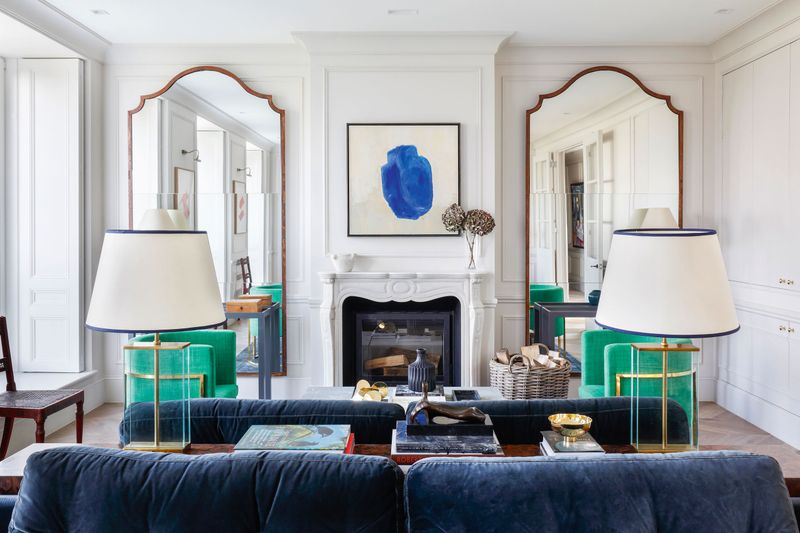
Though French design appreciates balance, strict symmetry feels too formal and contrived. Their spaces embrace a more relaxed, evolved approach.
Maybe one side of the fireplace has a chair while the other features a small table with a lamp. This deliberate asymmetry creates visual interest and relaxed sophistication.
French homes feel collected rather than decorated, with a spontaneity that comes from arranging things by feel rather than rigid rules.
11. Covering Windows With Heavy Treatments
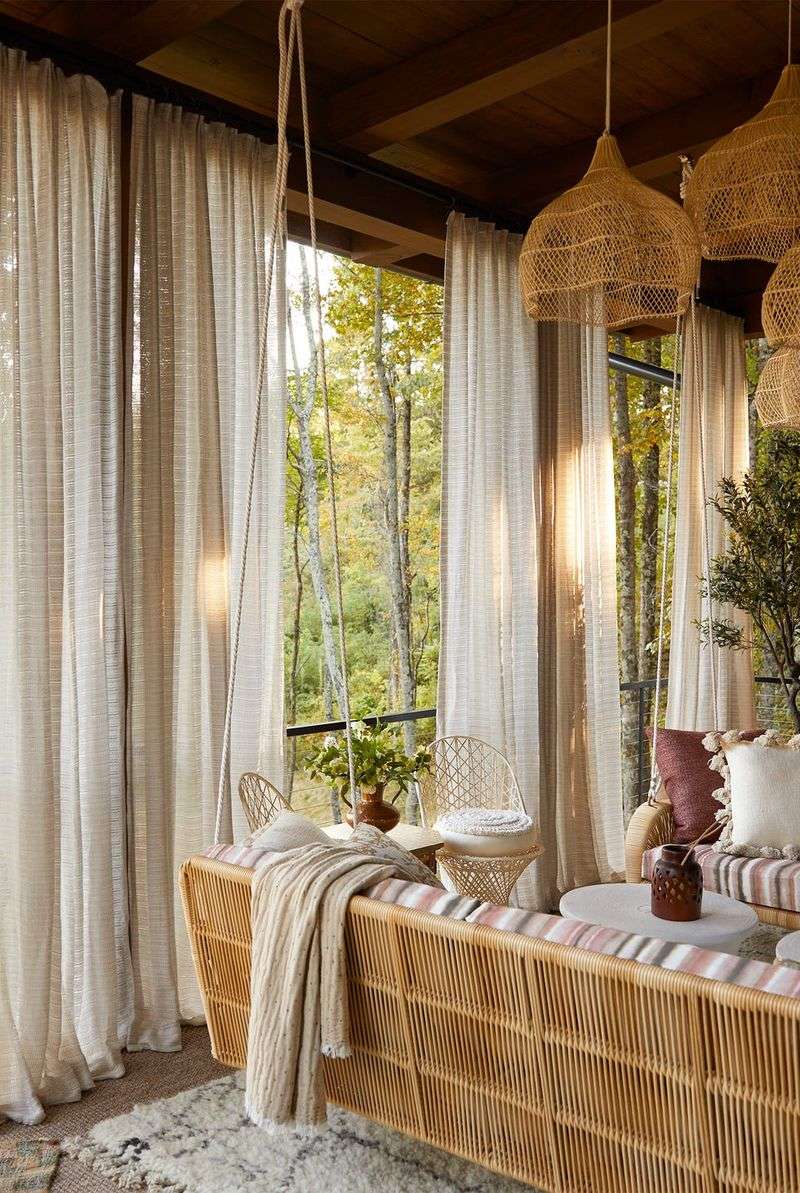
Light rules supreme in French interiors. Window treatments never block natural illumination completely or feel heavy and oppressive.
Simple linen curtains might softly filter sunshine while maintaining privacy. Many French windows remain bare or use minimal treatments that enhance rather than hide beautiful architecture.
When drapery appears, it often hangs from ceiling to floor, creating height and elegance without overwhelming the window itself.
12. Choosing Matching Art Sets

Mass-produced canvas sets from big box stores make French decorators cringe. Art in French homes tells personal stories and reflects individual taste.
Family portraits mix with landscapes, contemporary pieces hang near vintage finds. The common thread isn’t matching frames or colors but meaning and quality.
French homes display art collected over time—gifts, travel souvenirs, inherited pieces—creating walls that feel authentic rather than decorated from a catalog.
13. Using Too Many Colors
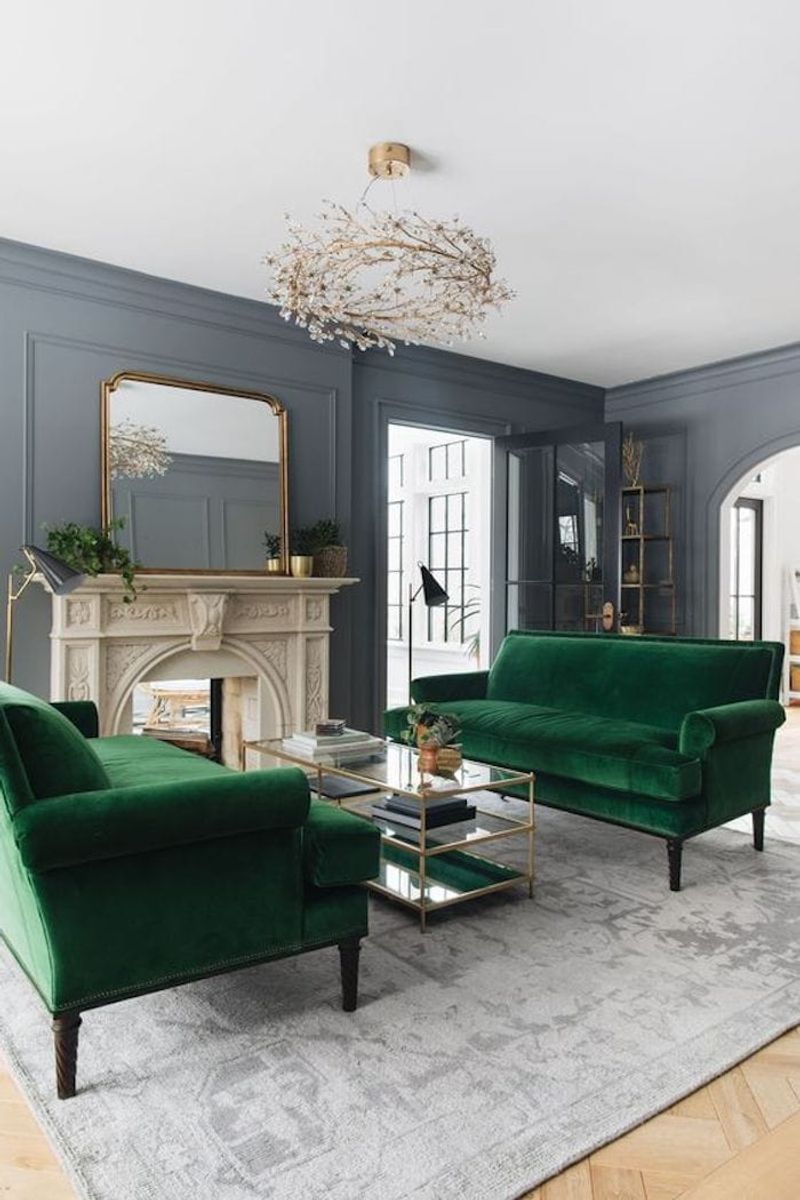
Color restraint defines French interiors. Rather than rainbow explosions, they build sophisticated palettes with subtle variations of a few harmonious hues.
Walls often wear soft neutrals while furniture and textiles introduce gentle color. Even when bold shades appear, they’re used judiciously.
This restraint creates spaces that feel cohesive and calming rather than chaotic. French rooms have breathing room between colors, allowing each chosen shade to truly shine.
14. Prioritizing Form Over Function
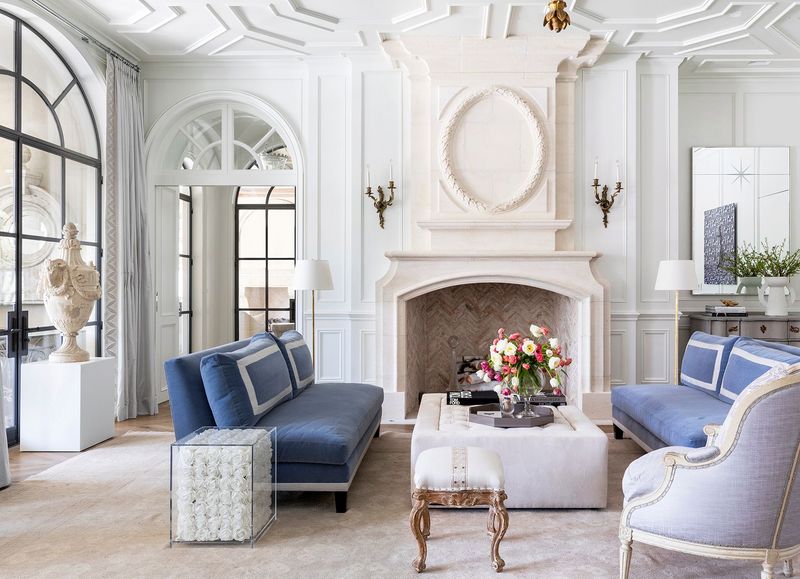
French homes balance beauty with practicality beautifully. Nothing is so precious that it can’t be used and enjoyed daily. Dining tables welcome both elegant dinners and homework sessions.
Sofas look sophisticated but invite actual sitting. Even antiques participate in daily life rather than being roped off as museum pieces.
This livability separates true French style from mere imitation—everything beautiful must also be functional.
15. Dismissing The Power Of Books
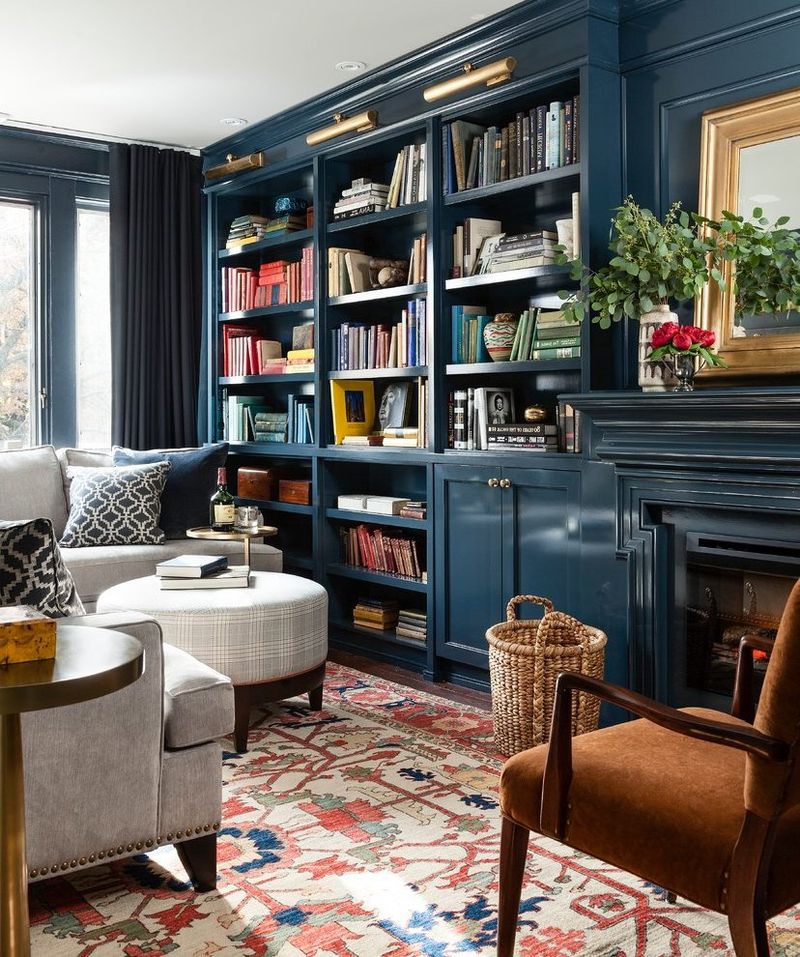
Books aren’t just decoration in French homes—they’re essential to the soul of a space. Shelves overflow with well-loved volumes that reflect the interests and passions of the inhabitants.
Unlike styled American bookcases with color-coordinated spines and artful gaps, French bookshelves celebrate literary abundance.
They understand that a home without books feels empty, regardless of how much furniture fills it. These personal libraries invite browsing and conversation.
16. Forgetting About Texture
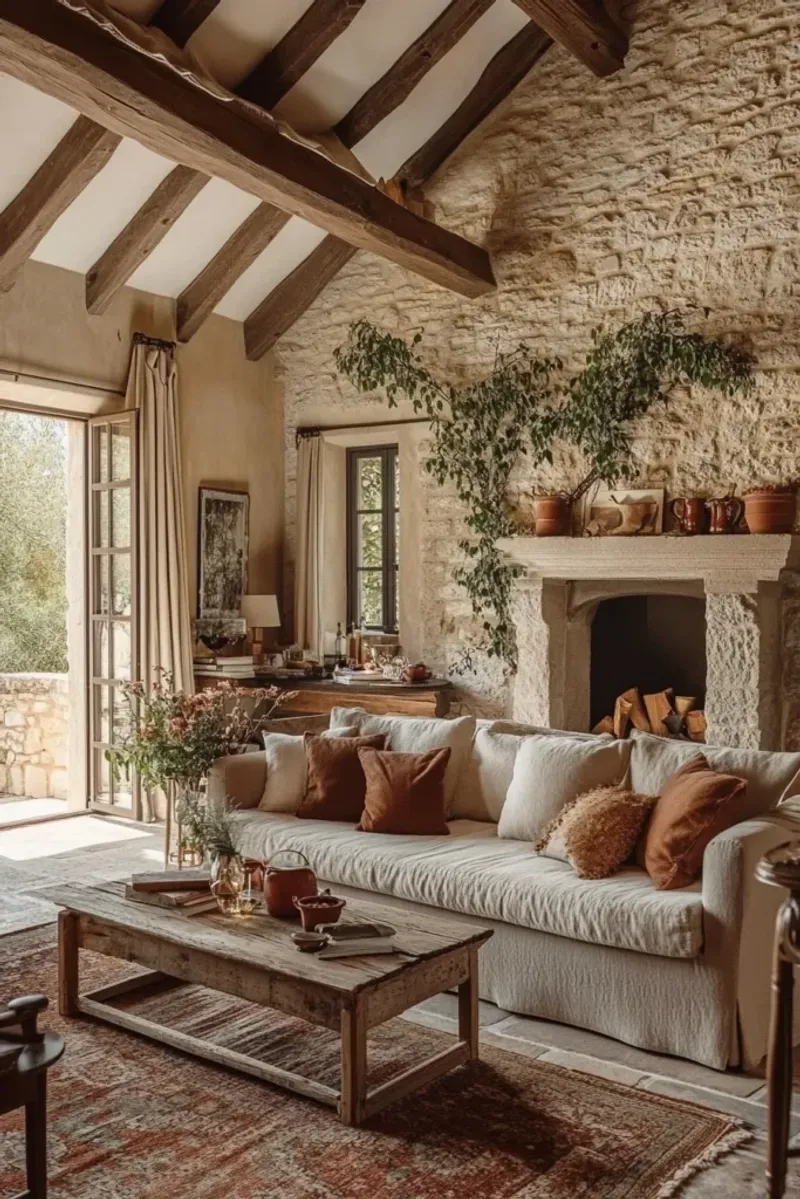
French interiors delight the senses with varied textures that create depth and interest. Smooth silk might contrast with rough linen, while polished marble plays against weathered wood.
Even monochromatic rooms avoid flatness through textural variety. Touch matters as much as appearance.
Without announcing itself loudly, texture creates subtle richness that makes French spaces feel complete and sensually satisfying in a way that purely visual approaches cannot achieve.

